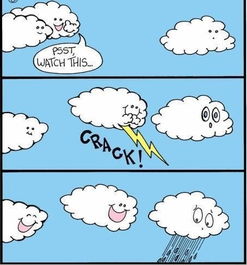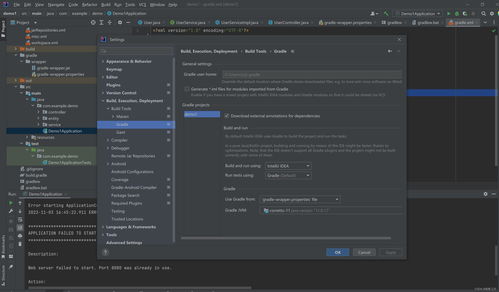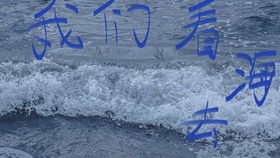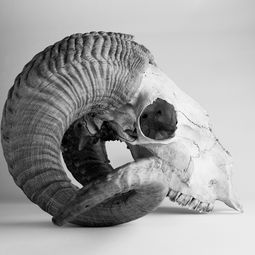Content:
Introduction: Fishing, an ancient and beloved pastime, has been captivating anglers for centuries. One of the most crucial elements in the fishing experience is mastering the art of hooking fish effectively. Whether you are a seasoned angler or a beginner, understanding how to use a fishing hook properly can significantly enhance your chances of landing a catch. In this article, we will delve into the essential techniques for hooking fish, providing you with the knowledge to become a more skilled angler.

Choosing the Right Hook: The first step in mastering the art of hooking fish is selecting the appropriate hook for your fishing endeavor. Hooks come in various shapes, sizes, and materials, each designed to target specific types of fish. Here are some factors to consider when choosing the right hook:
- Fish Species: Different fish species have varying mouth shapes and sizes. For instance, larger fish require larger hooks, while smaller fish can be caught on smaller hooks.
- Bait Type: The type of bait you are using will also influence your hook choice. Live bait, such as worms or minnows, may require a different hook size and shape compared to artificial lures.
- Water Conditions: The clarity and depth of the water can impact your hook selection. In murky water, larger hooks may be more effective, while in clear water, smaller hooks may be more subtle and appealing to fish.
Proper Hooking Techniques: Once you have selected the appropriate hook, it's time to learn the correct techniques for hooking your bait. Here are some essential tips:
- Bait Presentation: The way you present your bait can make a significant difference in whether a fish takes the hook. Practice your casting and retrieving techniques to ensure your bait moves naturally in the water.
- Hooking Depth: The depth at which you hook your bait depends on the fish species and water conditions. For example, if you are targeting bottom-dwelling fish like catfish, you may need to hook your bait deeper in the water column.
- Hooking Angle: The angle at which you insert the hook into your bait can affect the fish's ability to swallow it. Aim for a 45-degree angle, as this allows the fish to take the bait more naturally and reduces the risk of it spitting it out.
Using the Right Bait: The type of bait you use can greatly influence your success in hooking fish. Here are some popular bait options and their respective hooking techniques:
- Live Bait: Live bait, such as worms, minnows, or leeches, can be highly effective for attracting fish. When using live bait, ensure the hook is inserted deeply enough to secure the bait but not so deep that it damages the bait or makes it difficult for the fish to swallow.
- Artificial Lures: Artificial lures, such as spinners, crankbaits, and flies, come in various shapes and sizes. When using these lures, focus on the correct retrieve technique to mimic the natural movement of the bait fish.
- Soft Plastics: Soft plastics, like worms, grubs, and swimbaits, are versatile and can be used for a wide range of fish species. When hooking soft plastics, insert the hook through the middle of the bait to ensure it moves naturally in the water.
Setting the Hook: After the fish takes the bait, it's crucial to set the hook properly to ensure a successful catch. Here's how to do it:
- Wait for a Slight Pull: When you feel a slight pull on the line, it's often a sign that the fish has taken the bait. Wait for a moment before setting the hook to allow the fish to fully engulf the bait.
- Use a Quick Jiggle: Once you feel the pull, give the rod a quick, upward motion to set the hook. This technique helps to ensure the hook is properly embedded in the fish's mouth.
Conclusion: Mastering the art of hooking fish is an essential skill for any angler. By selecting the right hook, using proper hooking techniques, and choosing the appropriate bait, you can significantly increase your chances of landing a catch. Practice these techniques and refine your skills, and you'll be well on your way to becoming a more skilled and successful angler. Happy fishing!












